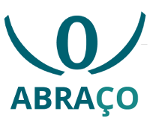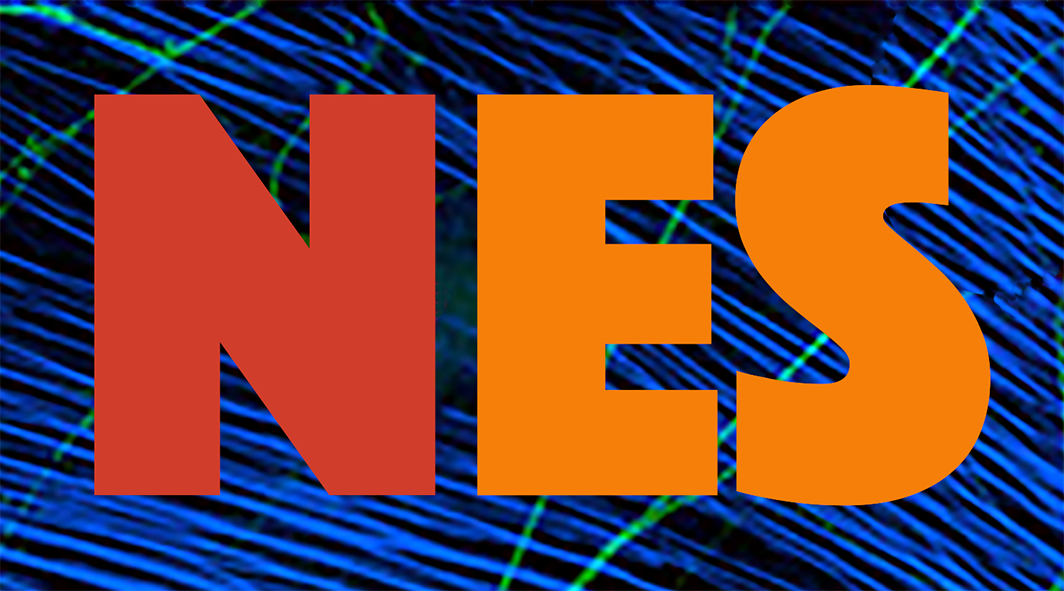
Retrieving a context tree from the spiking activity of a cortical microcircuit model
Publications | Jun 17, 2020
A conjecture in neurobiology that dates back to Helmholtz in the XIX century states that the brain can unconsciously identify statistical regularities in sequences of stimuli. Motivated by this claim, a NeuroMat group led by Antonio Galves and Claudia Vargas, with the participation of Aline Duarte, Ricardo Fraiman and Guilherme Ost, have successfully applied mathematical techniques to retrieve from EEG measurements in people the structure of stochastic chains with memory of variable length (called context trees) that generate auditory input stimuli (Duarte et al., 2019). The brains of the experiment subjects had ongoing spiking activity patterns (arguably somehow related to the EEG signals) that were perturbed by the input stimuli in a way that allowed the mathematical retrieval tools to work satisfactorily.
Thus, from a theoretical point of view the following question can be posed: is the brain machinery, with all its intricate web of molecular and cellular processes, necessary for the efficient retrieval of context trees? Or simpler, brain-inspired networks of spiking elements can also encode in their spiking activity a signature of the context tree that can be identified by the same mathematical tools?
Context tree selection and linguistic rhythm retrieval from written texts
Publications | May 29, 2020
Antonio Galves, Charlotte Galves, Jesús E. García, Nancy L. Garcia, Florencia Leonardi
The starting point of this article is the question "How to retrieve fingerprints of rhythm in written texts?" We address this problem in the case of Brazilian and European Portuguese. These two dialects of Modern Portuguese share the same lexicon and most of the sentences they produce are superficially identical. Yet they are conjectured, on linguistic grounds, to implement different rhythms. We show that this linguistic question can be formulated as a problem of model selection in the class of variable length Markov chains. To carry on this approach, we compare texts from European and Brazilian Portuguese. These texts are previously encoded according to some basic rhythmic features of the sentences which can be automatically retrieved. This is an entirely new approach from the linguistic point of view. Our statistical contribution is the introduction of the smallest maximizer criterion which is a constant free procedure for model selection. As a by-product, this provides a solution for the problem of optimal choice of the penalty constant when using the BIC to select a variable length Markov chain. Besides proving the consistency of the smallest maximizer criterion when the sample size diverges, we also make a simulation study comparing our approach with both the standard BIC selection and the Peres-Shields order estimation. Applied to the linguistic sample constituted for our case study, the smallest maximizer criterion assigns different context-tree models to the two dialects of Portuguese. The features of the selected models are compatible with current conjectures discussed in the linguistic literature.
Limit theorems for chains with unbounded variable length memory which satisfy Cramer condition
Publications | May 15, 2020
Artem Logachov, A. Mogulskii and Anatoly Yambartsev
Here we obtain the exact asymptotics for large and moderate deviations, strong law of large numbers and central limit theorem for chains with unbounded variable length memory.
A note on perfect simulation for Exponential Random Graph Models
Publications | Apr 03, 2020
Andressa Cerqueira, Aurélien Garivier and Florencia Leonardi
In this paper, we propose a perfect simulation algorithm for the Exponential Random Graph Model, based on the Coupling from the past method of Propp and Wilson (1996). We use a Glauber dynamics to construct the Markov Chain and we prove the monotonicity of the ERGM for a subset of the parametric space. We also obtain an upper bound on the running time of the algorithm that depends on the mixing time of the Markov chain.
Modified log-Sobolev inequality for a compact PJMP with degenerate jumps
Publications | Apr 02, 2020
Ioannis Papageorgiou
We study the modified log-Sobolev inequality for a class of pure jump Markov processes that describe the interactions between brain neurons. In particular, we focus on a finite and compact process with degenerate jumps inspired by the model introduced by Galves and Löcherbach. As a result, we obtain concentration properties for empirical approximations of the process.
| NeuroCineMat |
|---|
|
Featuring this week: |
| Newsletter |
|---|
|
Stay informed on our latest news! |
| Follow Us on Facebook |
|---|




